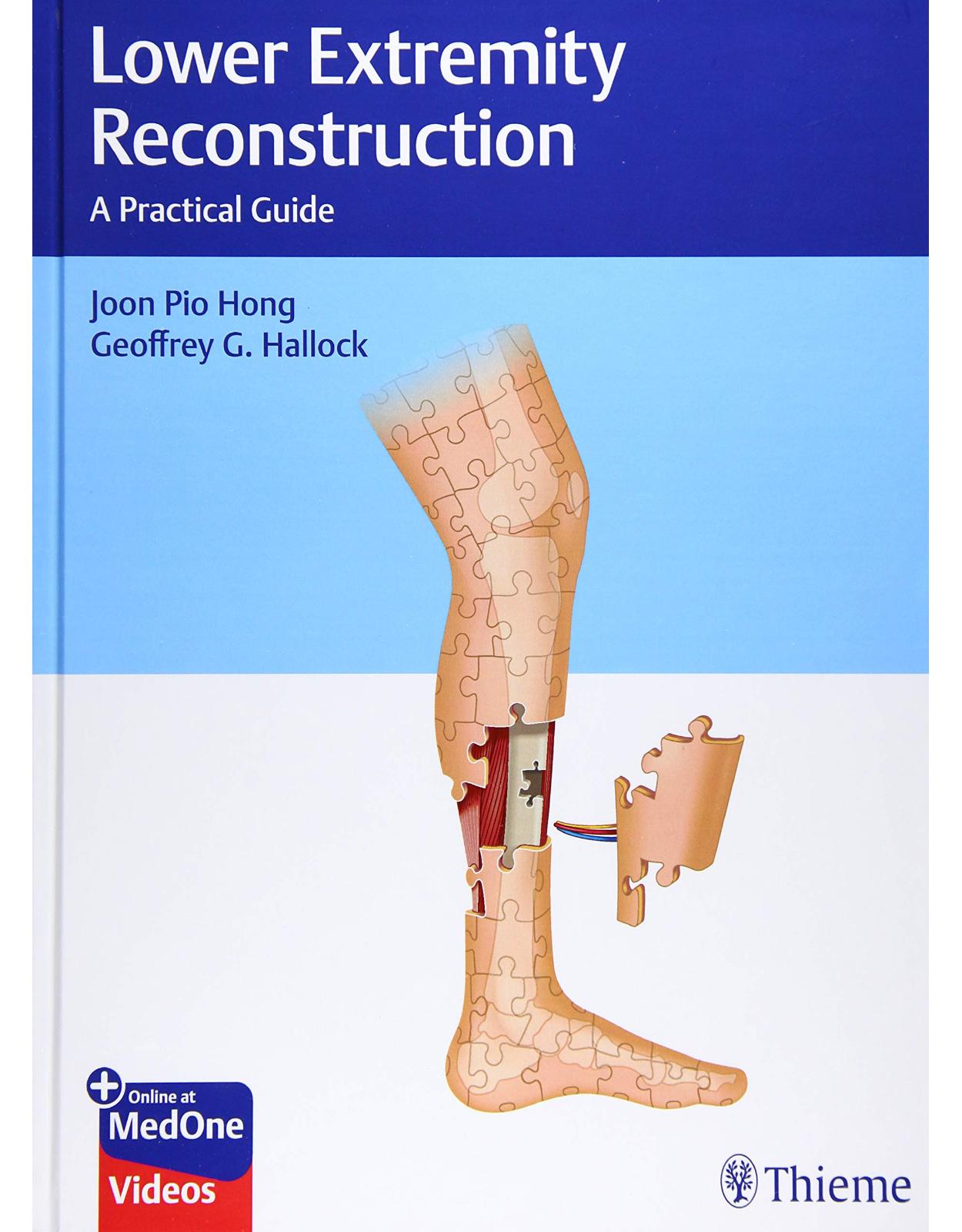
Lower Extremity Reconstruction: A Practical Guide
Livrare gratis la comenzi peste 500 RON. Pentru celelalte comenzi livrarea este 20 RON.
Disponibilitate: La comanda in aproximativ 4 saptamani
Editura: Thieme
Limba: Engleza
Nr. pagini: 416
Coperta: Hardcover
Dimensiuni: 27.94 x 21.59 cm
An aparitie: 2021
Description:
The state-of-the-art guide to lower extremity reconstruction from international experts
"I loved witnessing two generations of surgeons working together to capture it all: origin, evolution and progress, state of the art, and the future in one beautifully-crafted and exciting book. This is no doubt a must-read and must-have book." – from the Foreword by Fu-Chan Wei, MD
Adequate evaluation of lower limb wounds for salvage requires an itemized assessment of vascular, osseous, soft tissue, and functional deficits. Lower Extremity Reconstruction: A Practical Guide by renowned reconstructive surgeons and perforator flap masters J.P. Hong and Geoffrey G. Hallock presents an orthoplastic approach to this growing and challenging area of microsurgery. Throughout the well-illustrated text and videos, an impressive cadre of international surgeons share pearls and insights, including esoteric knowledge and step-by-step demonstration of techniques with pertinent case examples.
This unique guide presents a practical, visual, and stepwise approach to learning and mastering a full array of flap and microsurgery approaches for traumatic, dysvascular, metabolic, and oncologic lower limb defects. Organized into 26 topic-specific chapters, the book covers a full spectrum of lower extremity topics—from wound prep, timing, closure alternatives, and therapy, to soft-tissue tumors and a new concept in drop foot treatment. Numerous videos demonstrate how surgeons can leverage workhorse options to prevent chronic non-healing wounds or amputations and achieve the goal of limb salvage.
Key Highlights:
Lower extremity soft-tissue reconstruction techniques using local muscle and perforator workhorse flaps
Bone salvage and restoration techniques, including vascularized bone grafts
Diabetic foot management with in-depth discussion of the SCIP flap and perforator-to-perforator concept
Rationale for partial and subtotal foot amputation
27 videos and more than 600 illustrations enhance understanding of microsurgical interventions
With insights from top microsurgeons on how to achieve the best outcomes for patients with lower limb defects, this is a must-have resource for plastic and orthopaedic surgeons, especially specialists who treat patients at trauma centers.
Table of Contents:
1. Our Introduction to Lower Extremity Reconstruction
1.1 Introduction
1.2 History
1.3 Basic Principles
1.4 Conclusion
2. Assessment of the Normal and Impaired Lower Extremity
2.1 Introduction
2.2 Assessment of the Normal Lower Extremity
2.3 Assessment of the Impaired Lower Extremity
2.4 Compartment Syndrome
2.5 Degloving Injuries
2.6 Crush Syndrome
2.7 Osteomyelitis
2.8 Diabetic Foot
2.9 Conclusion
3. Indications for Vascular Intervention in Lower Extremity Reconstruction
3.1 Introduction
3.2 Principles of Limb Salvage
3.3 Anatomy
3.4 Vascular Evaluation
3.5 Plastic Surgery Indications for Vascular Surgical Intervention
3.6 Special Considerations for the “Vascular/Diabetic” Patient
4. Orthopaedic Evaluation of the Lower Extremity and the Concept of the Orthoplastic Approach
4.1 Introduction
4.2 The Orthoplastic Approach
4.3 Orthopaedic Evaluation of the Injured Extremity
4.4 The Role and Timing of Debridement
4.5 Basic Principles of Bone Fixation
4.6 Limb Salvage versus Amputation
4.7 Other Applications of Orthoplastic Surgery
4.8 Conclusion
5. Surgical Approach to Pediatric Bone and Soft-Tissue Tumors of the Lower Extremity
5.1 Introduction
5.2 Types of Sarcoma
5.3 Staging
5.4 Diagnosis
5.5 Surgical Management
5.6 Conclusion
6. Spare-Part Surgery
6.1 Introduction
6.2 Debridement
6.3 Extracorporeal Membrane Oxygenation Circuit
6.4 Tissue Graft
6.5 Fillet Flaps
6.6 Postoperative Care
6.7 Complications
7. Using the Flap and Angiosome Concepts to Optimize Functional Lower Leg and Foot Amputations
7.1 Introduction
7.2 Conclusion
8. Vascular Anatomy of the Lower Extremity: A Practical Guide to Vascular Territories, Perforators, and Selection of Recipient Vessels
8.1 Introduction
8.2 Vascular Territories and the Angiosome Concept
8.3 Arterial Territories
8.4 Venous Drainage
8.5 Neurovascular Territories
8.6 Vascular Anatomical Principles Applied to Flap Design
8.7 Main Source Vessels of the Lower Extremity
8.8 Regional Anatomy of Perforators of the Lower Extremity
8.9 Anatomical Regions
8.10 Selection of Recipient Vessels
9. Importance of Vascularity and Selecting the Recipient Vessels in Lower Extremity Reconstruction
9.1 Introduction
9.2 Factors to Consider
9.3 Algorithm for Selecting Recipient Vessel
9.4 Conclusion
10. General Wound Preparation and Timing
10.1 Introduction
10.2 Patient Optimization
10.3 Timing of Lower Extremity Coverage after Trauma
10.4 Wound Bed Preparation
10.5 Conclusion
11. The Pertinence of the Reconstructive Ladder and the Reconstructive Elevator
11.1 Introduction
11.2 From Wound Closure to Reconstruction
11.3 The Modern Era of Lower Extremity Reconstruction
11.4 The Reconstructive Elevator and the Lower Extremity
11.5 Conclusion
12. Nonflap Wound Closure Alternatives: Skin Graft, Skin Substitute, Skin Stretch, and Negative-Pressure Wound Therapy
12.1 Introduction
12.2 Negative-Pressure Wound Therapy
12.3 Split-Thickness Skin Graft
12.4 Skin Substitute for Additional Thickness
12.5 Serial Closure of the Wound
12.6 Skin Graft for a Chronic Ulcer
12.7 Conclusion
13. The Process for Flap Selection by Region of the Lower Extremity
13.1 Introduction
13.2 Selection According to the Recipient Site
13.3 Selection According to the Donor Site
14. The Basic Practical Lower Limb Muscle Local Flaps
14.1 Introduction
14.2 Chapter 14A: The Medial and Lateral Gastrocnemius Muscle Flaps
14.3 Chapter 14B: The Gracilis Local Muscle Flap
14.4 Chapter 14C: The Soleus Muscle Flap
14.5 Chapter 14D: The Vastus Lateralis Muscle Flap
15. Basic Local Perforator Flaps of the Lower Extremity
15.1 Introduction
15.2 Chapter 15A: The Island Perforator Flap
15.3 Chapter 15B: Perforator Advancement Flaps Including the Keystone Flap
15.4 Chapter 15C: The Peninsular Perforator Flap
15.5 Chapter 15D: The Perforator Propeller Flap
15.6 Chapter 15E: Medialis Pedis and Other Plantar Flaps
15.7 Chapter 15F: The Distally Based Sural Flap
16. Common Versatile Free Flaps for the Lower Extremity
16.1 Introduction
16.2 Chapter 16A: The Anterolateral Thigh Flap for Lower Extremity
16.3 Chapter 16B: The Gracilis Muscle Free Flap
16.4 Chapter 16C: The Versatile Latissimus Dorsi Muscle Free Flap
16.5 Chapter 16D: The Medial Sural Artery Perforator Flap
16.6 Chapter 16E: The Thoracodorsal Artery Perforator Free Flap
17. Supermicrosurgery Approach to the Lower Limb
17.1 Introduction
17.2 Attributes and Detriments
17.3 Anatomical Consideration
17.4 Anatomical Variants and Pitfalls
17.5 Surgical Approach
17.6 Postoperative Care Protocol
17.7 Conclusion
18. Diabetic Foot Reconstruction
18.1 Introduction
18.2 Attributes and Detriments
18.3 Considerations
18.4 Surgical Algorithm
18.5 Soft-Tissue Reconstruction
18.6 Postoperative Care
18.7 Conclusion
19. Rationale for Lower Limb Sensate Flaps
19.1 Introduction
19.2 Attributes and Detriments
19.3 Anatomical Considerations
19.4 Anatomical Variants and Potential Pitfalls
19.5 Flap Design and Harvest
19.6 Postoperative Care Protocols
19.7 Conclusion
20. A New Concept in Drop Foot Treatment: Ninković’s Technique—the Neuromusculotendinous Gastrocnemius Transfer
20.1 Introduction
20.2 Indications
20.3 Operative Technique
20.4 Postoperative Considerations
20.5 Complications
20.6 Outcomes
20.7 Conclusion
21. Modern Concepts of Prosthetic Rehabilitation in Amputation of the Lower Extremity
21.1 Introduction to Targeted Muscle and Sensory Reinnervation
21.2 Introduction to Osseointegration at Below- and Above-Knee Level of Amputation
21.3 Introduction to Femoral Shortening Osteotomy in Through-Knee Amputees
22. Procurement of Thin Flaps as Indicated in the Lower Extremity
22.1 Introduction
22.2 Anatomical Considerations
22.3 Anatomical Variants and Potential Pitfalls
22.4 Flap Design
22.5 Flap Harvest
22.6 Postoperative Care Protocols
22.7 Conclusion
23. Bone Flaps and Bone Transport for Lower Limb Reconstruction
23.1 Introduction
23.2 General Principles for Reconstruction of Bone Defects
23.3 Fibula Flap
23.4 Vascularized Rib
23.5 Medial Femoral Condyle Flap
23.6 Bone Transport and Distraction Osteogenesis
23.7 Summary
24. Surgical Treatment for Lower Extremity Lymphedema
24.1 Introduction
24.2 Definition of Lymphedema
24.3 Classification
24.4 Stage of Lymphedema
24.5 Symptoms and Complications
24.6 Diagnosis
24.7 Treatments
25. Lower Limb Vascularized Composite Allotransplantation
25.1 Introduction
25.2 Clinical Example of Lower Limb Vascularized Composite Allotransplantation
25.3 Discussion
25.4 Conclusion
26. Perioperative Care and Rehabilitation Specific to the Lower Limb
26.1 Introduction
26.2 Perioperative Optimization
26.3 Immediate Postoperative Management
26.4 Rehabilitation
Index
Additional MedOne Access Information
| An aparitie | 2021 |
| Autor | Joon Pio Hong , Geoffrey G. Hallock |
| Dimensiuni | 27.94 x 21.59 cm |
| Editura | Thieme |
| Format | Hardcover |
| ISBN | 9781626238084 |
| Limba | Engleza |
| Nr pag | 416 |
| Versiune digitala | DA |
-
1,13400 lei 1,00000 lei
-
1,25500 lei 1,14000 lei
-
1,41700 lei 1,20000 lei

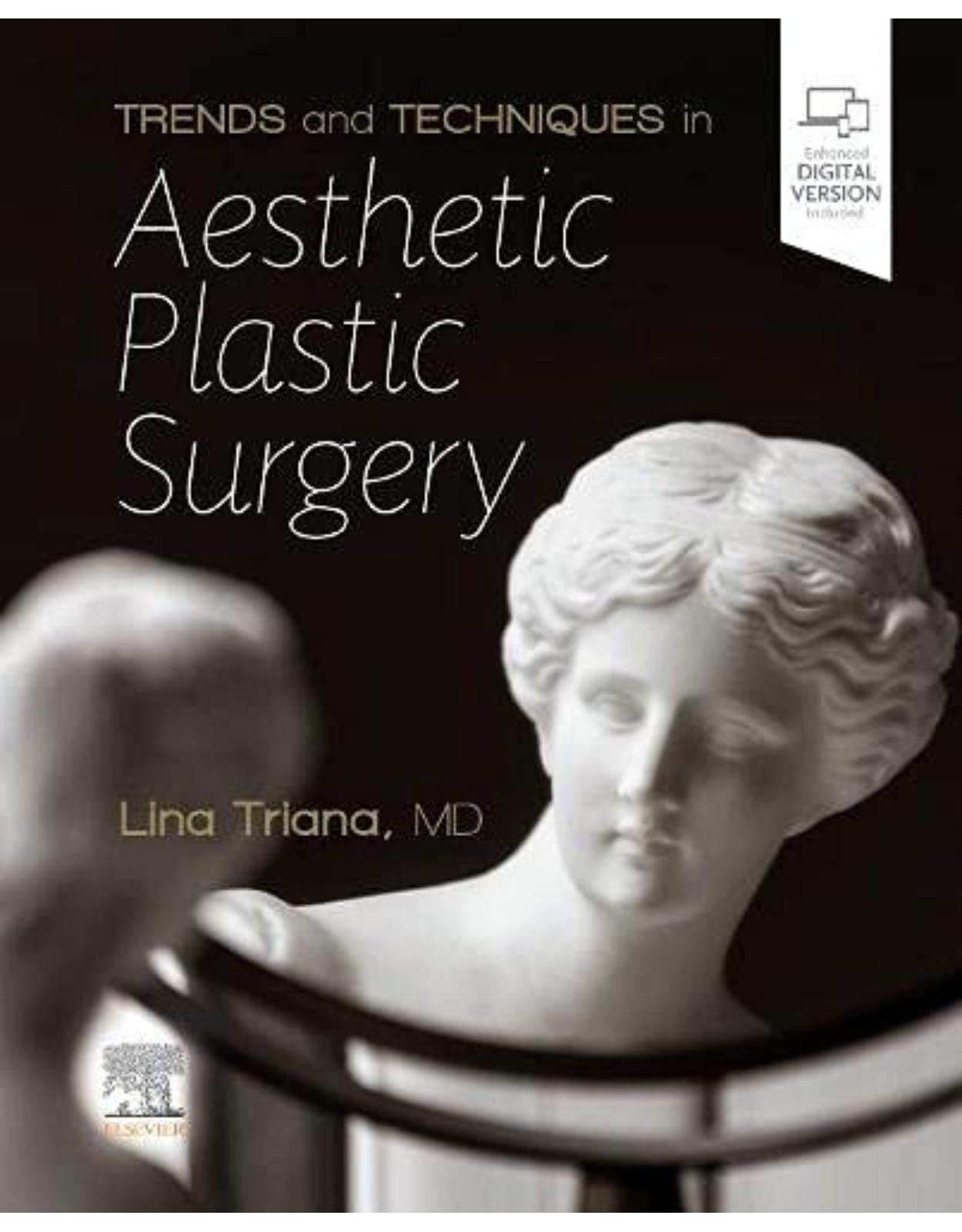

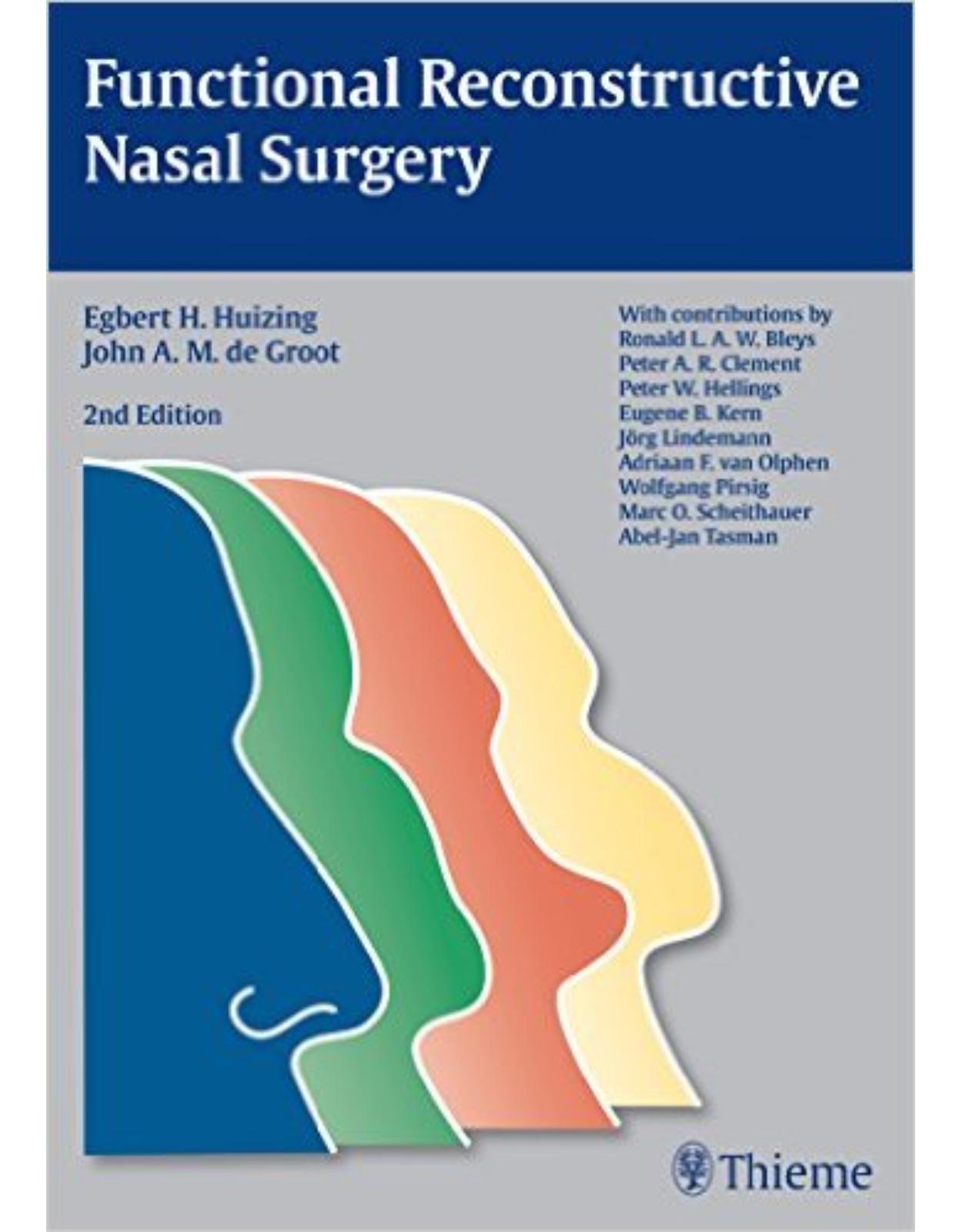
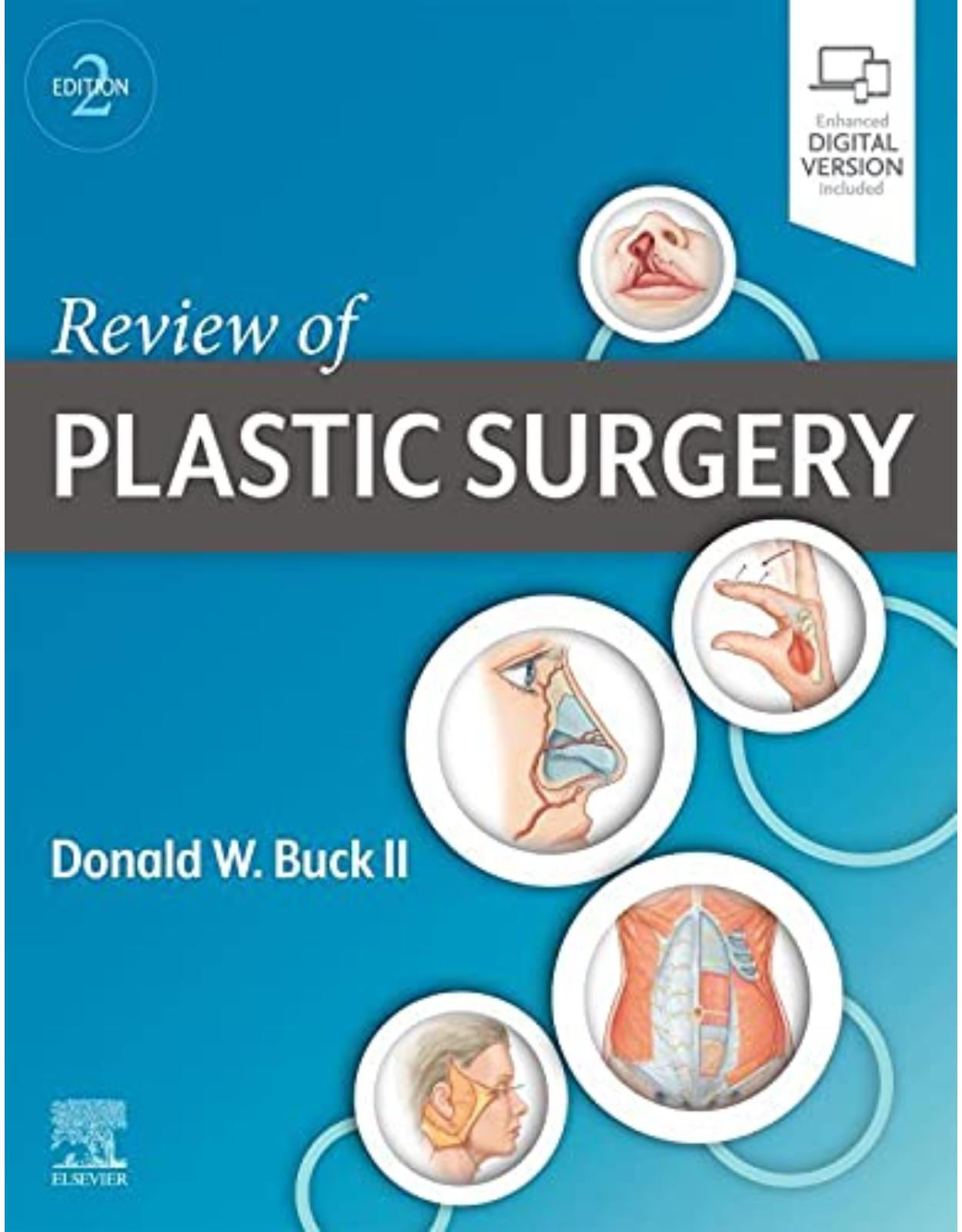
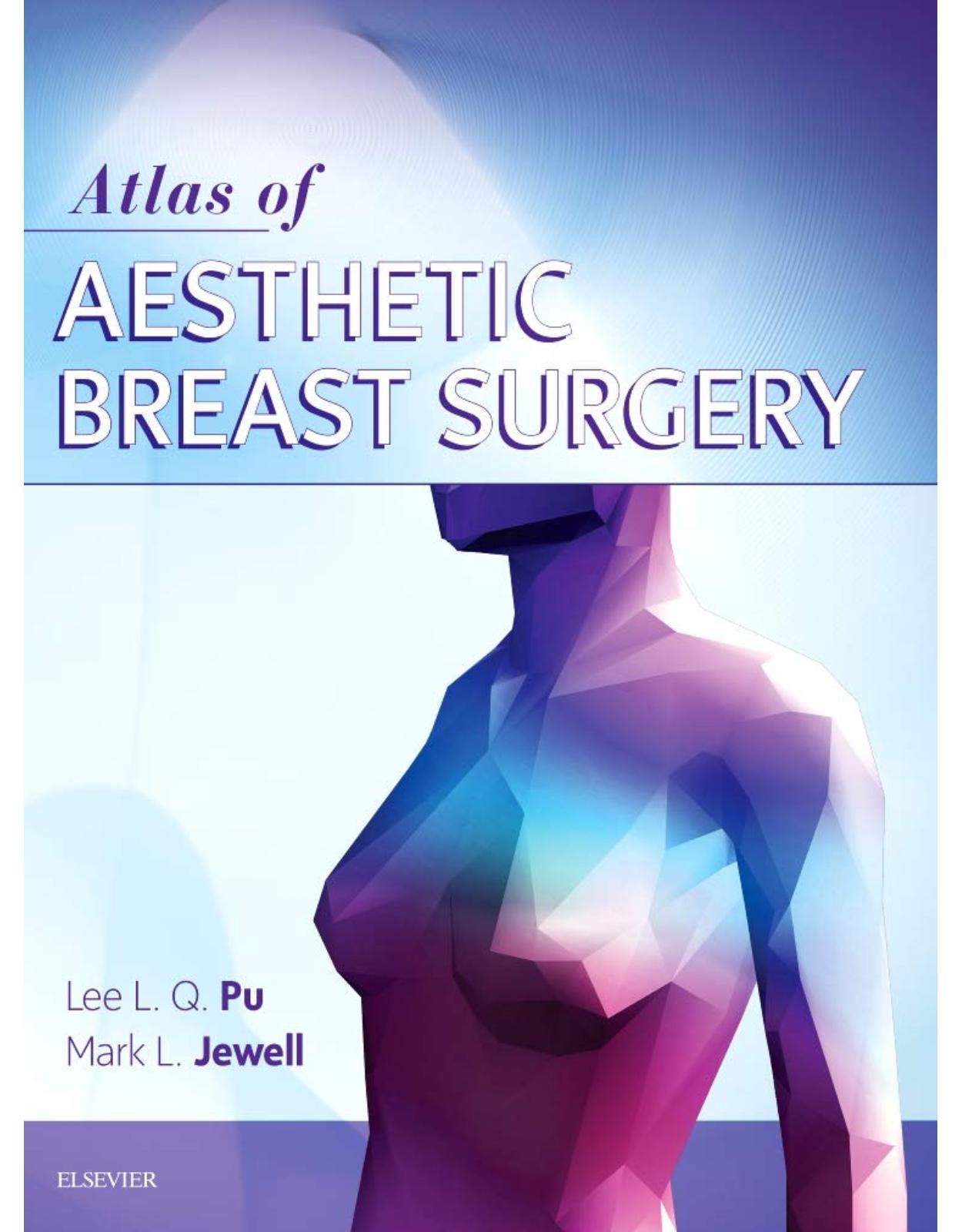
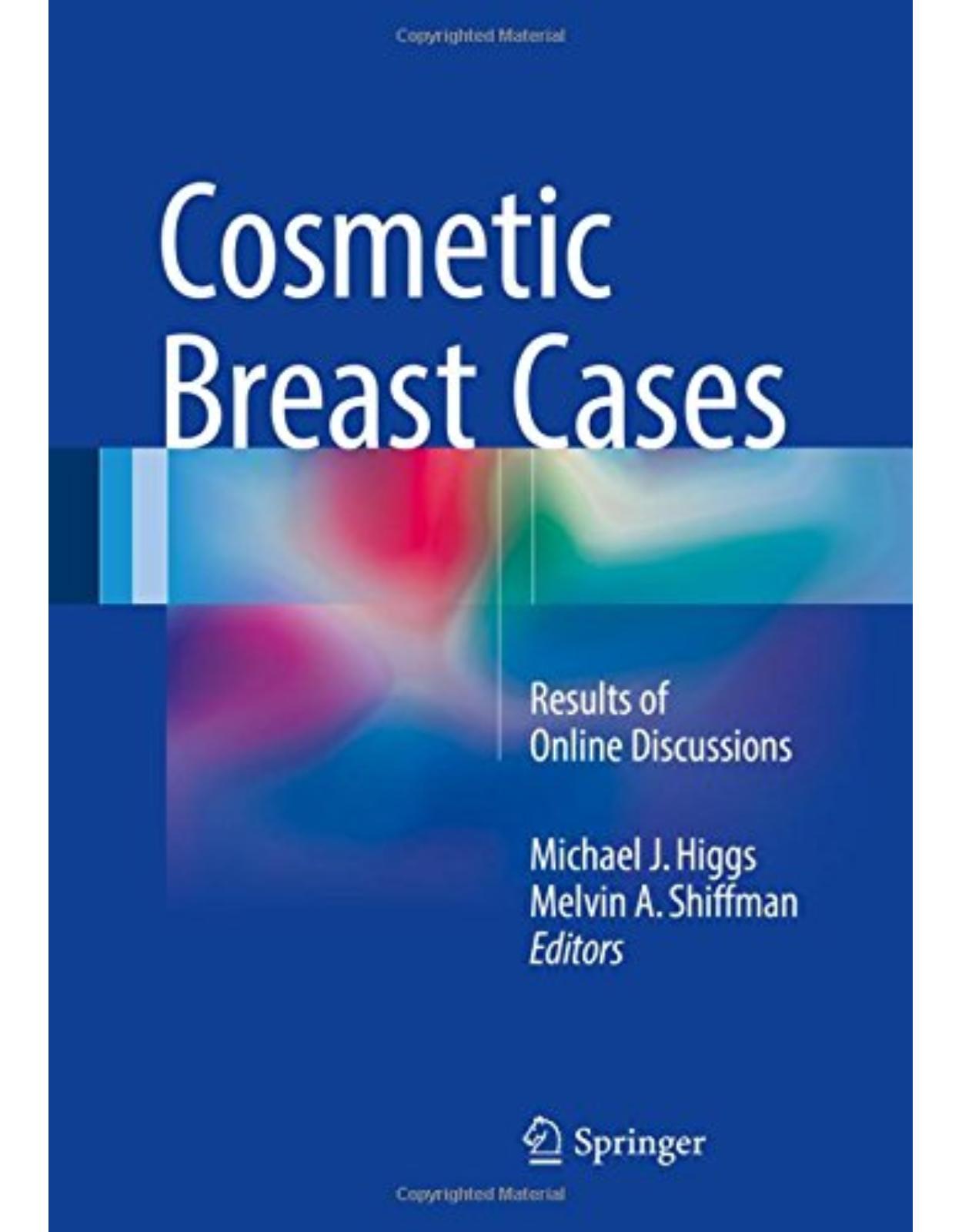
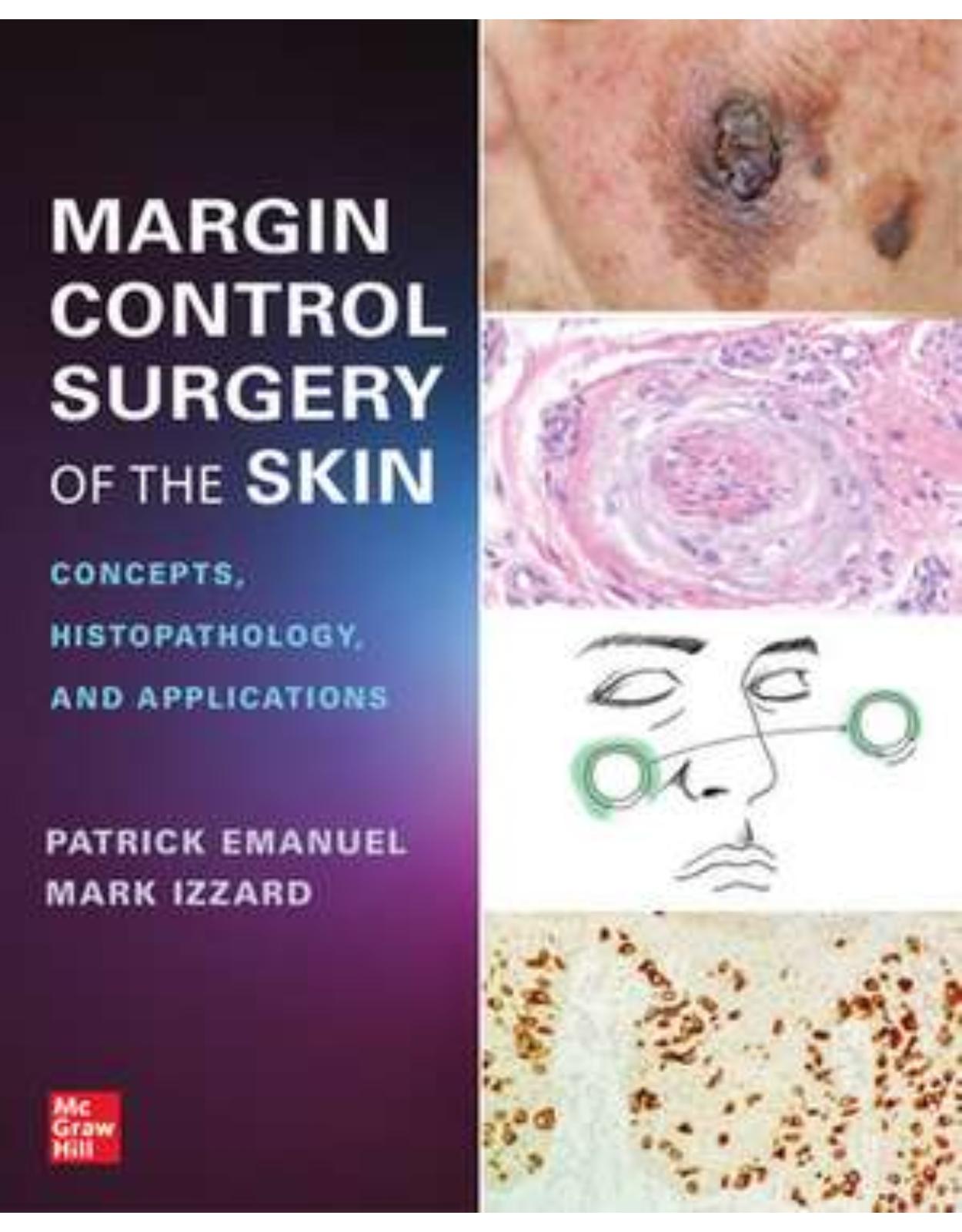
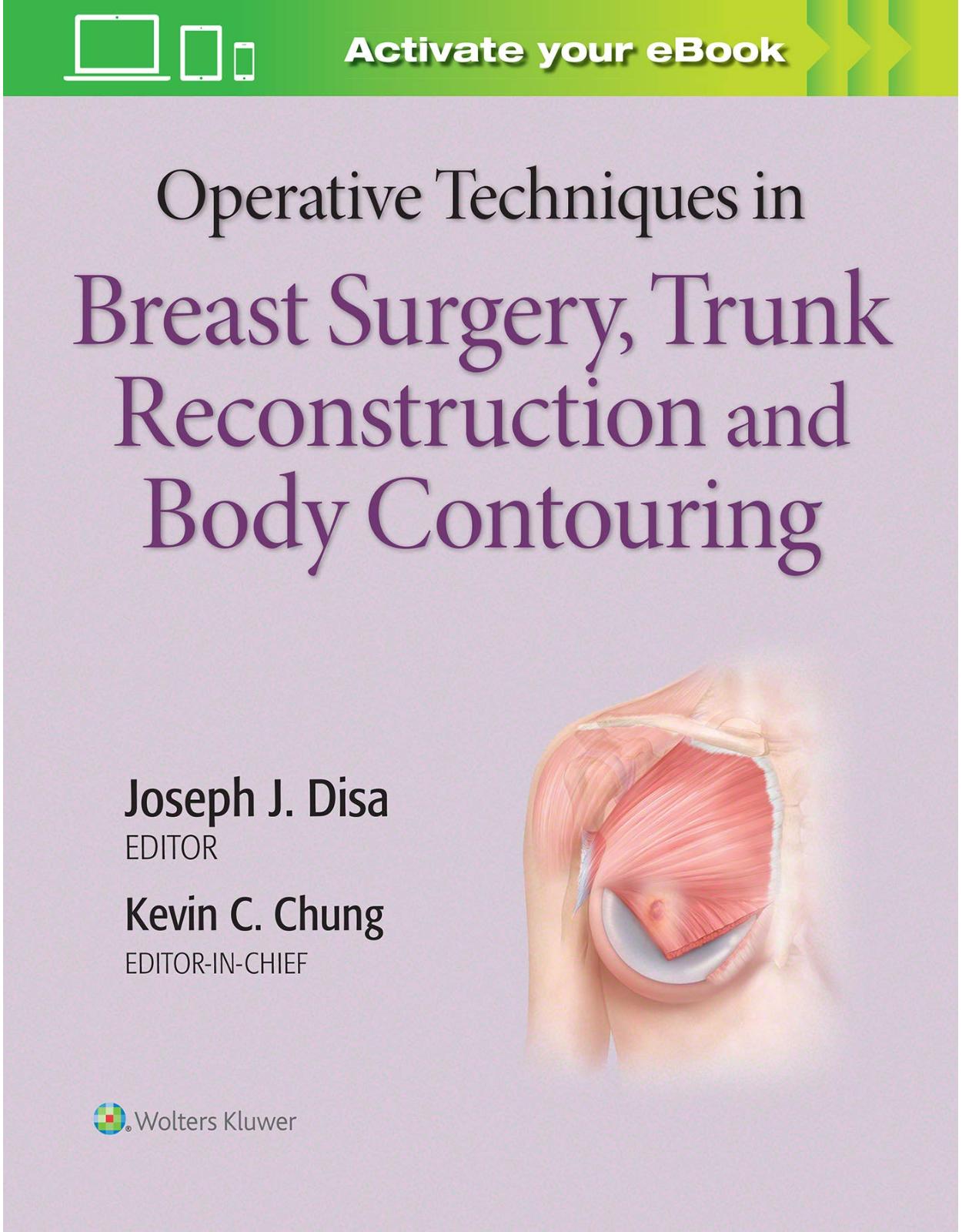
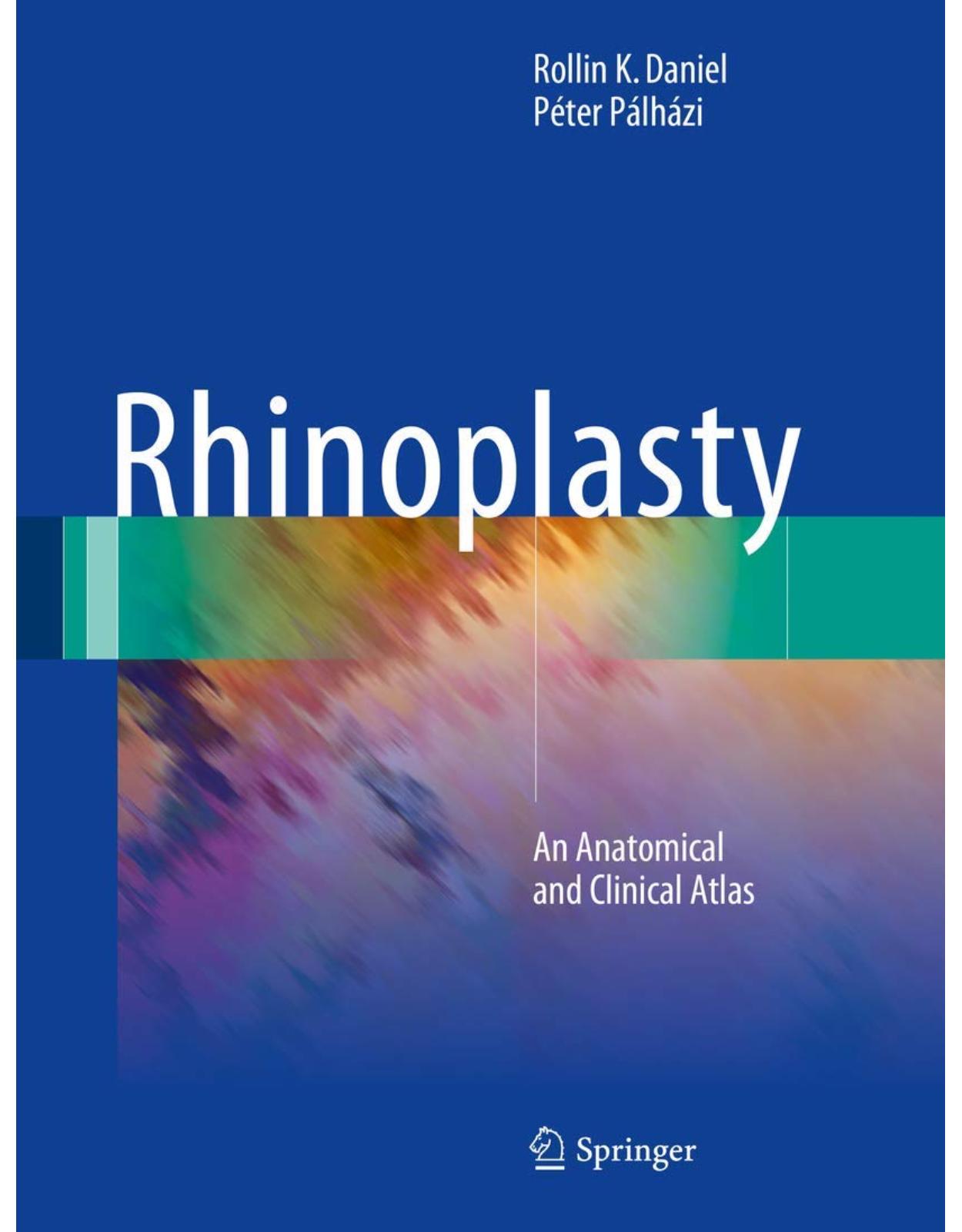

Clientii ebookshop.ro nu au adaugat inca opinii pentru acest produs. Fii primul care adauga o parere, folosind formularul de mai jos.